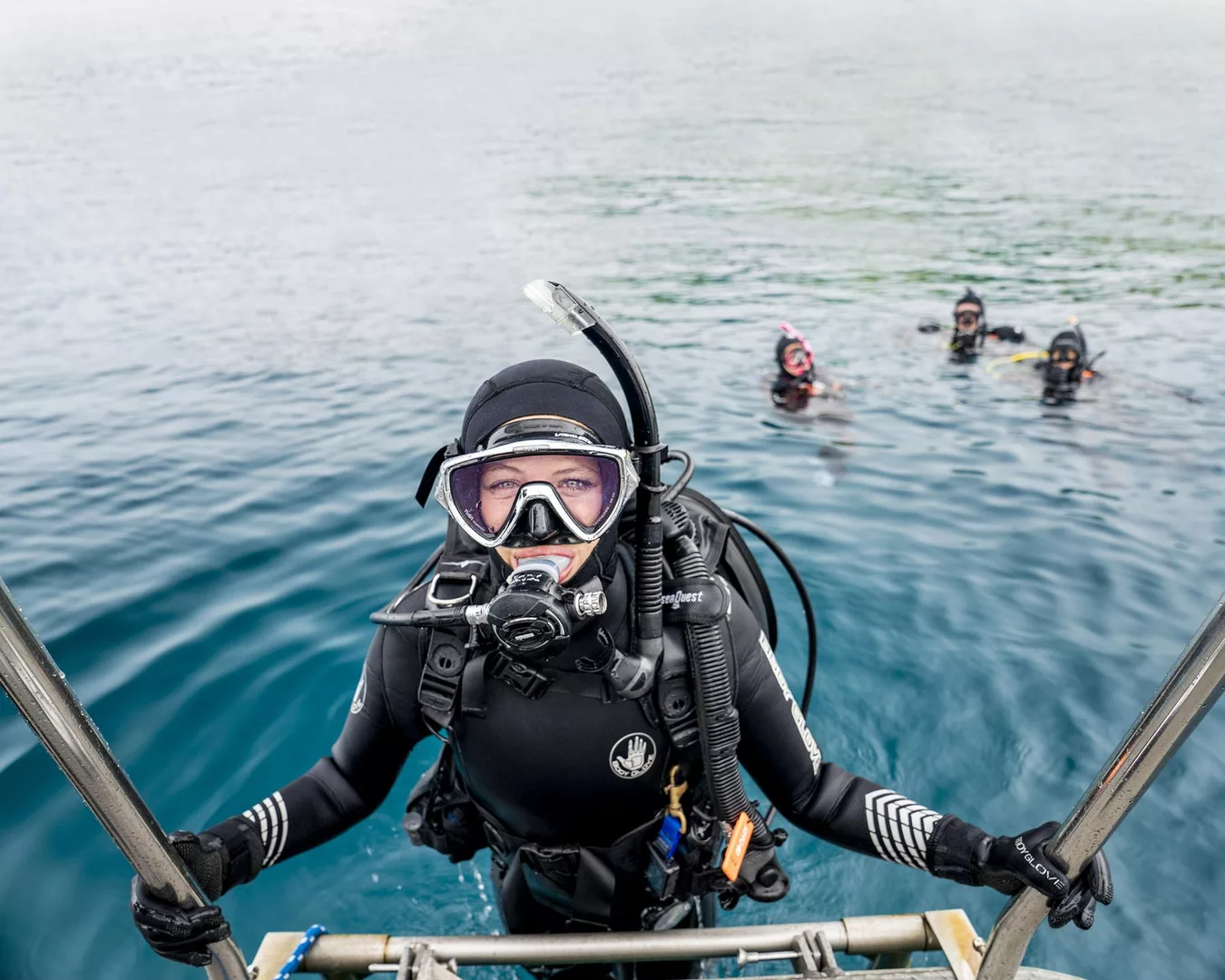Red Sea diving Egypt, The Red Sea — with its surreal shades of turquoise, coral gardens, and shimmering schools of tropical fish — is one of the planet’s most spectacular diving destinations. For decades, divers from all over the world have traveled to Egypt’s Red Sea coast to experience some of the richest marine biodiversity and best visibility anywhere on Earth.
From iconic wrecks to untouched reefs and encounters with rare species, the Red Sea holds countless underwater secrets waiting to be discovered. Whether you’re a seasoned diver or a beginner planning your first adventure, this guide reveals everything you need to know about diving in Egypt’s Red Sea — its best spots, hidden gems, unique marine life, and why it’s truly a paradise beneath the surface.
1. The Red Sea’s Mystical Allure
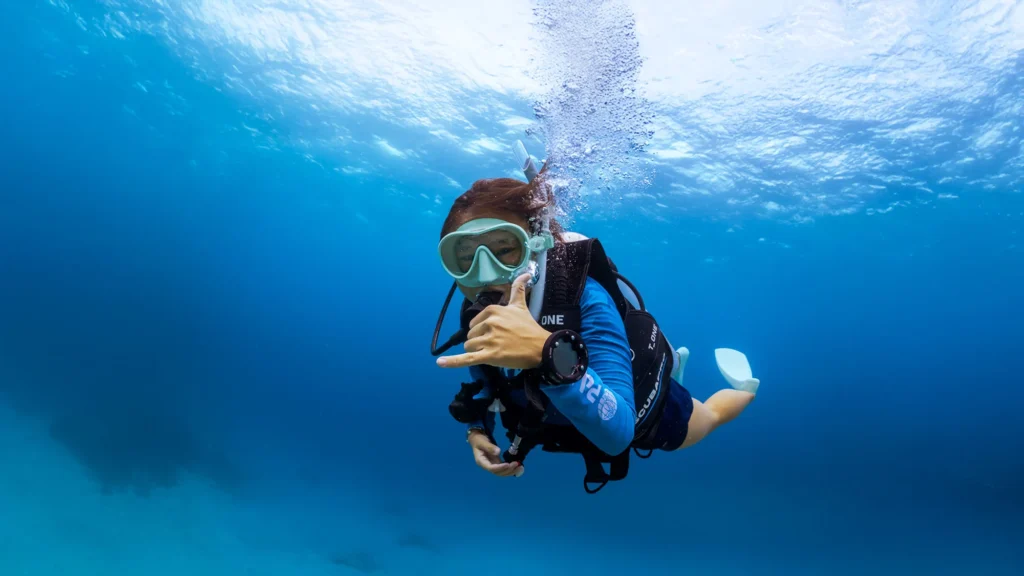
The Red Sea is unlike any other diving region in the world. Stretching for over 2,000 kilometers between Africa and the Arabian Peninsula, it’s a narrow but incredibly deep body of water known for warm temperatures, minimal currents, and visibility that can reach up to 40 meters.
Its isolation has helped preserve an astonishing range of marine species — many of which are found nowhere else on Earth. The coral reefs here are not only among the healthiest in the world but also display colors so vibrant they almost seem unreal.
Egypt’s portion of the Red Sea, stretching from the Gulf of Suez to the border with Sudan, offers a perfect mix of accessibility, variety, and natural wonder. The waters off Hurghada, Marsa Alam, and Sharm El-Sheikh are dotted with hundreds of dive sites suitable for all levels, from shallow coral gardens to thrilling deep wrecks.
2. The Best Diving Regions in Egypt
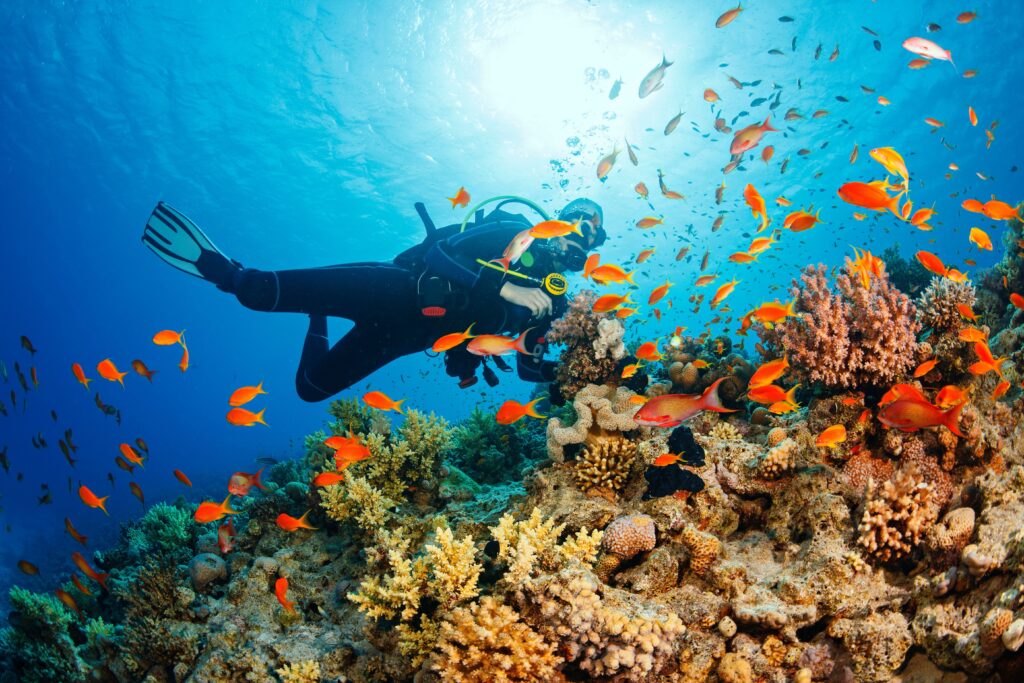
Hurghada – The Classic Gateway
Hurghada was one of the first Red Sea destinations to develop a dive scene, and it remains a favorite for travelers from around the world. Its calm waters, diverse dive sites, and excellent infrastructure make it ideal for both beginners and advanced divers.
Highlights include:
- Giftun Islands: A marine paradise with stunning coral formations and crystal-clear waters, ideal for drift dives and photography.
- Abu Ramada Reef: Often called the “Aquarium” for its rich fish life — from butterflyfish to moray eels.
- El Mina Wreck: A fascinating dive around a sunken Egyptian minesweeper near Hurghada harbor, covered in colorful coral growth.
Hurghada is also the perfect place for divers who want to combine adventure with comfort, as it offers countless resorts, diving schools, and easy access to offshore islands.
Marsa Alam – The Untouched Frontier
Further south lies Marsa Alam, often referred to as the hidden treasure of the Red Sea. With fewer crowds and pristine dive sites, it attracts divers seeking peace, space, and encounters with larger marine species.
Top dives include:
- Elphinstone Reef: Famous worldwide for its dramatic walls, colorful corals, and sightings of oceanic whitetip and hammerhead sharks.
- Abu Dabbab Bay: A favorite for underwater photographers and snorkelers — home to giant green turtles and the elusive dugong (sea cow).
- Sataya Reef (Dolphin Reef): A large lagoon where pods of wild spinner dolphins often swim and play.
Marsa Alam’s remote character means its reefs remain exceptionally healthy, offering a glimpse of what the Red Sea looked like decades ago.
Sharm El-Sheikh – Adventure and Energy
Located at the tip of the Sinai Peninsula, Sharm El-Sheikh is a diving legend. It offers easy access to the world-renowned Ras Mohammed National Park and the Straits of Tiran, both known for dramatic coral walls and huge pelagic fish.
Must-see sites:
- Ras Mohammed National Park: One of the Red Sea’s oldest and most protected marine reserves, teeming with life from giant trevallies to swarming anthias.
- Yolanda and Shark Reef: Often rated among the top 10 dive sites in the world, featuring breathtaking drop-offs, vibrant coral gardens, and large schools of fish.
- Straits of Tiran: Four spectacular reefs (Jackson, Woodhouse, Thomas, Gordon) where strong currents attract barracuda, tuna, and reef sharks.
Sharm also has a lively après-dive scene with beach clubs, restaurants, and a cosmopolitan atmosphere.
Dahab – Freedom and Exploration
For divers who crave independence and a relaxed vibe, Dahab offers the perfect setting. Once a small Bedouin fishing village, it has grown into a laid-back diving town beloved by backpackers and freedivers alike.
Top dives include:
- The Blue Hole: Egypt’s most famous (and infamous) dive site, known for its deep blue chasm surrounded by coral walls.
- The Canyon: A surreal geological formation filled with light beams and schools of glassfish.
- Eel Garden: A calm, sandy site where hundreds of garden eels sway gently in the current.
Dahab’s charm lies in its simplicity — you can often dive straight from the shore, enjoy a coffee between dives, and feel completely at home.
3. Hidden Wrecks and Underwater Mysteries
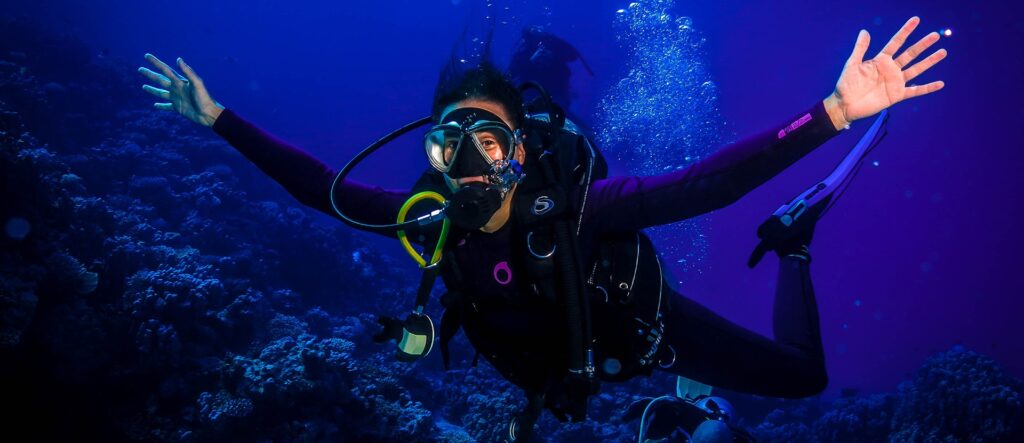
Egypt’s Red Sea coast is also a treasure trove of shipwrecks, each telling its own dramatic story. Many date back to World War II, others to modern trade routes.
SS Thistlegorm
Perhaps the most famous wreck in the Red Sea, the SS Thistlegorm lies near Sharm El-Sheikh. This British cargo ship sank in 1941 after being bombed by German aircraft. Today, divers can explore its remarkably preserved cargo — motorcycles, trucks, rifles, and even railway carriages.
Giannis D
Located in the northern Red Sea near Abu Nuhas Reef, this Greek freighter went down in 1983. It now lies tilted on its side, covered in soft corals, and offers easy access for exploration inside the engine room and bridge.
Carnatic
Also at Abu Nuhas, the Carnatic wreck dates back to 1869. The wooden skeleton, now draped in coral, makes for a hauntingly beautiful dive.
Rosalie Moller
Often called the “Thistlegorm’s twin,” this British coal ship rests deeper at around 50 meters. It’s an advanced dive but one of the most atmospheric wrecks in the region.
Each wreck is an underwater museum, combining history, marine life, and adventure in one unforgettable experience.
4. The Marine Life of the Red Sea
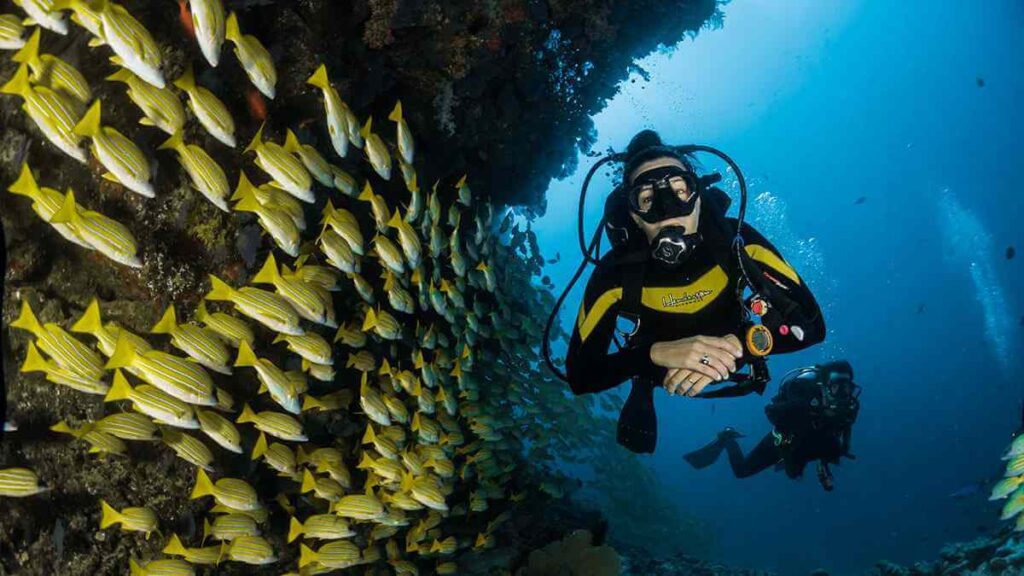
The Red Sea’s biodiversity is one of the richest on Earth. Over 1,200 species of fish live here, and nearly 20% are endemic — found nowhere else.
You’ll encounter:
- Clownfish, angelfish, and butterflyfish dancing around coral heads.
- Giant moray eels peeking from crevices.
- Napoleon wrasses, lionfish, and reef sharks gliding gracefully.
- Turtles, dolphins, and even dugongs in certain bays.
- Whale sharks and manta rays appearing seasonally in deeper waters.
The reefs themselves are a masterpiece — massive brain corals, delicate sea fans, and fire corals form a kaleidoscope of color and texture. Night dives reveal another world entirely, with octopuses, nudibranchs, and Spanish dancers emerging under torchlight.
5. Rare Encounters: Egypt’s Underwater Treasures
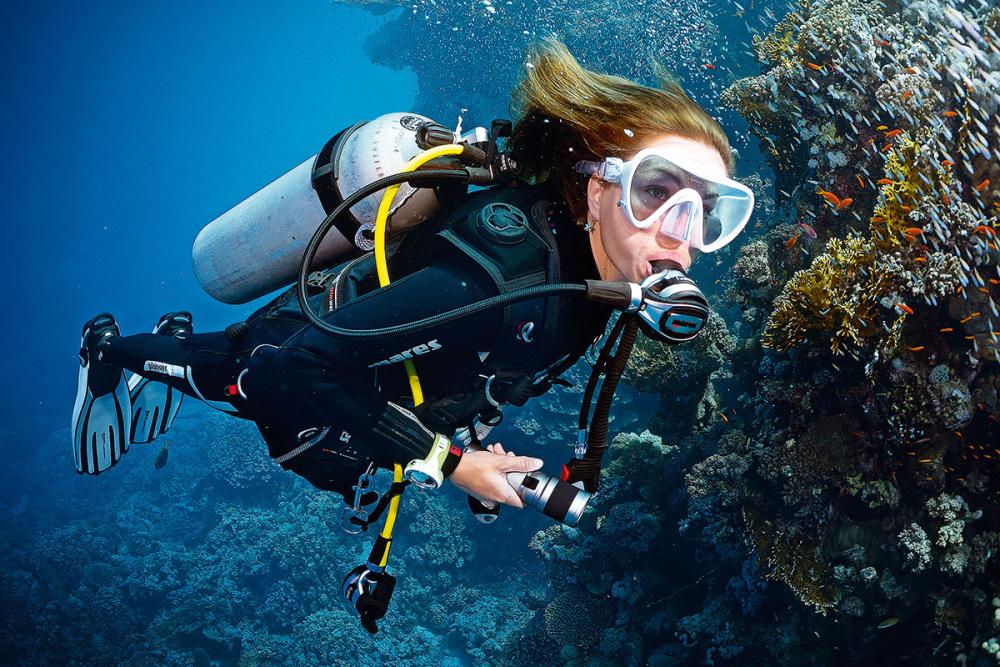
For divers chasing once-in-a-lifetime encounters, Egypt’s Red Sea delivers unforgettable moments.
- Oceanic Whitetip Sharks at Elphinstone: Between October and December, these majestic predators patrol the reef’s deep edges.
- Hammerhead Schools at Daedalus Reef: Deep in the southern Red Sea, this remote reef rewards experienced divers with encounters with large hammerhead groups.
- Dugongs at Abu Dabbab: These gentle sea mammals, often called “sea cows,” graze on seagrass in shallow bays — a rare sight in most parts of the world.
- Spinner Dolphins at Sataya and Samadai Reefs: Entire pods can be seen jumping and spinning in the turquoise lagoons.
Each region has its own “secret” — and every dive promises something extraordinary.
6. Diving Conditions and Practical Tips
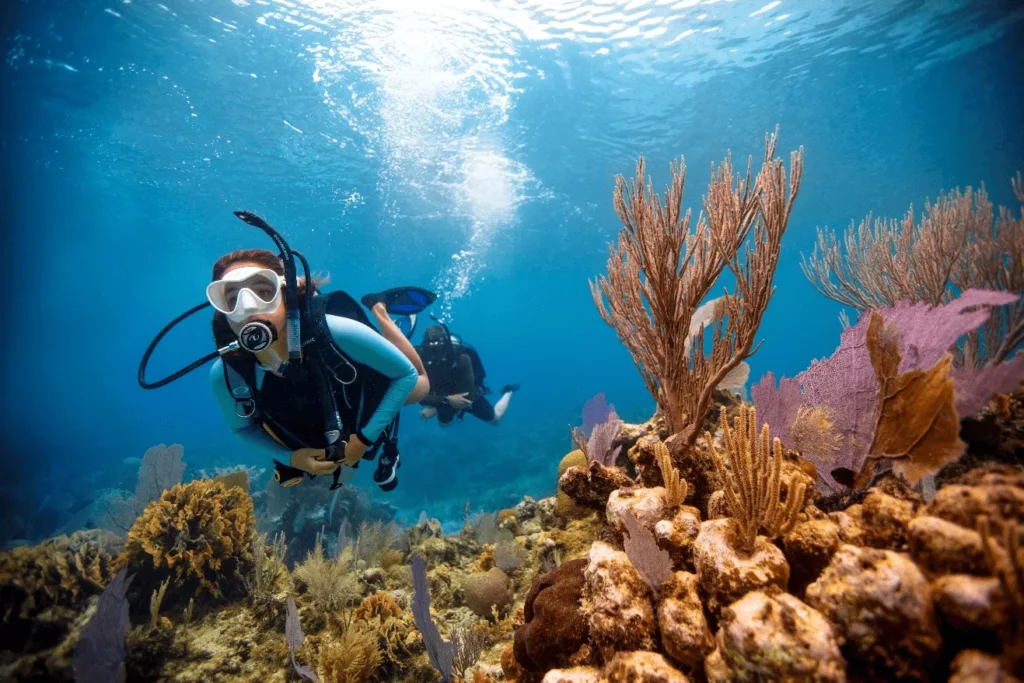
The Red Sea is famous for its excellent diving conditions almost year-round.
- Water Temperature: Between 22°C in winter and 30°C in summer.
- Visibility: Typically 20–40 meters, with calm currents.
- Best Diving Months: March to May and September to November offer ideal balance between warm water and fewer crowds.
- Required Certification: Many dive sites are open to beginners, but advanced certification is recommended for wrecks and deep walls.
Most dive centers in Egypt are internationally certified (PADI, SSI, CMAS) and offer both training and guided dives. Equipment rental is widely available, though bringing your own mask and fins ensures a better fit.
Always check your insurance for dive coverage, and respect local regulations to protect the reefs.
7. Sustainable Diving: Protecting Egypt’s Coral Reefs
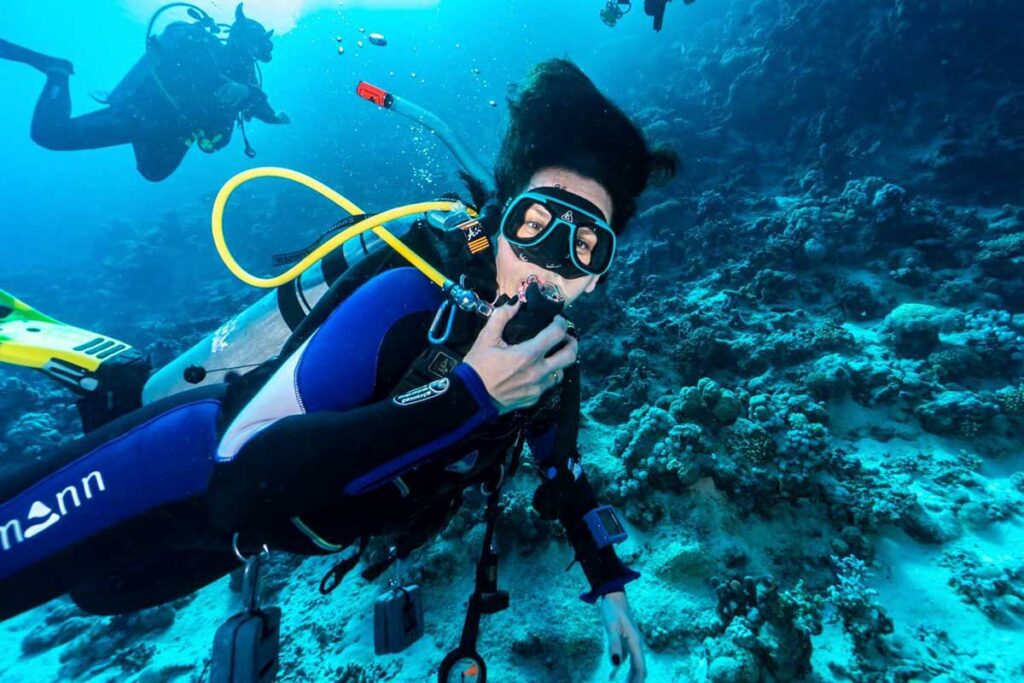
The Red Sea’s ecosystem is fragile and deserves respect. Responsible diving ensures that its beauty endures for generations.
Simple actions make a big difference:
- Never touch or stand on corals. Even a single kick from a fin can cause permanent damage.
- Use reef-safe sunscreen that doesn’t contain harmful chemicals.
- Avoid feeding fish or disturbing marine life for photos.
- Choose eco-certified dive operators who support reef conservation and beach cleanups.
Local organizations and marine parks have begun promoting sustainable tourism, reminding everyone that true beauty lies in preservation.
8. Combining Diving with Land Adventures

One of Egypt’s greatest advantages is its diversity. After days spent diving, you can explore the country’s rich culture and landscapes.
- In Hurghada: Take a desert safari to Bedouin villages, ride camels, and watch the sunset over golden dunes.
- In Luxor: Just a few hours’ drive from the Red Sea, the temples of Karnak and the Valley of the Kings await.
- In Sinai: Hike Mount Sinai at dawn and visit St. Catherine’s Monastery for a spiritual journey through history.
Balancing underwater adventures with cultural exploration makes Egypt a truly complete destination.
9. Travel Tips for Diving in Egypt
- Book multi-day dive packages instead of single dives — they’re far cheaper per dive.
- Bring reusable water bottles to cut plastic waste.
- Carry a dry bag for valuables on boats.
- Stay hydrated — desert climates and saltwater can dehydrate quickly.
- Don’t skip surface intervals and follow dive safety rules; the Red Sea’s beauty is endless, but patience keeps you safe.
10. Why the Red Sea Is Every Diver’s Dream
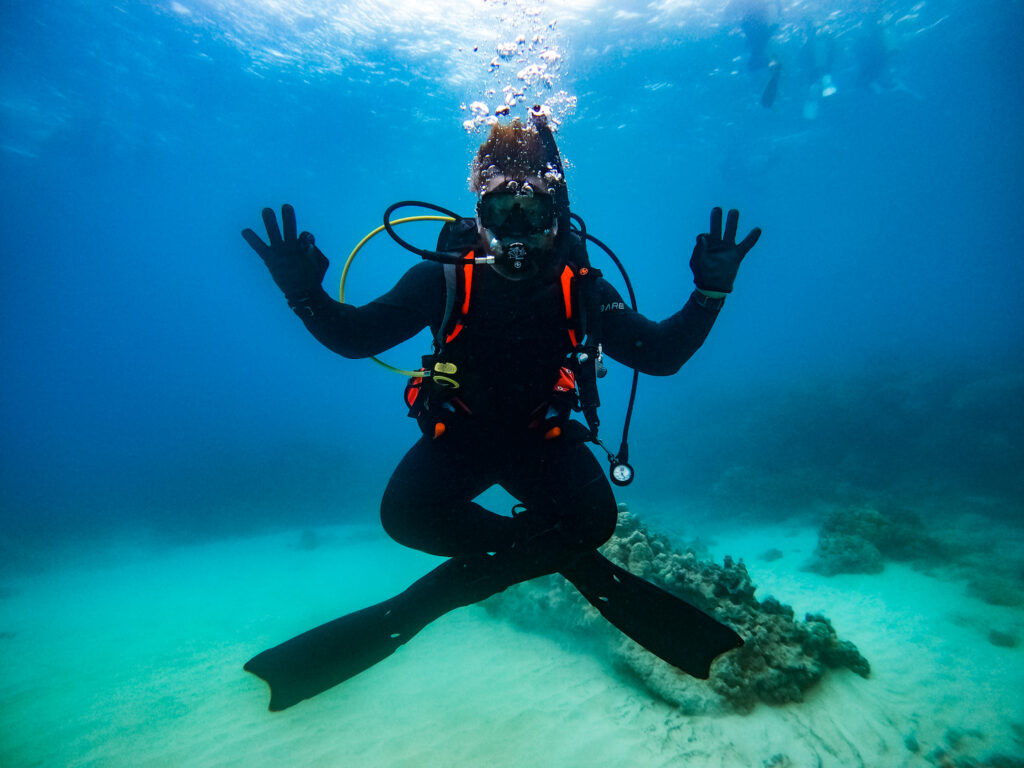
What makes the Red Sea so special isn’t just its coral reefs or crystal waters — it’s the combination of adventure, tranquility, and connection. Diving here feels intimate, almost spiritual.
You’re not just visiting another destination; you’re entering a living world filled with color, movement, and ancient mystery. The same waters that once carried pharaohs and merchants now host schools of fish, drifting divers, and the quiet hum of discovery.
Whether you’re exploring the ghostly corridors of the Thistlegorm, drifting past coral towers in Tiran, or swimming beside a curious turtle in Marsa Alam, every moment beneath the surface feels like touching eternity.
Conclusion: The Secrets Await Beneath the Surface
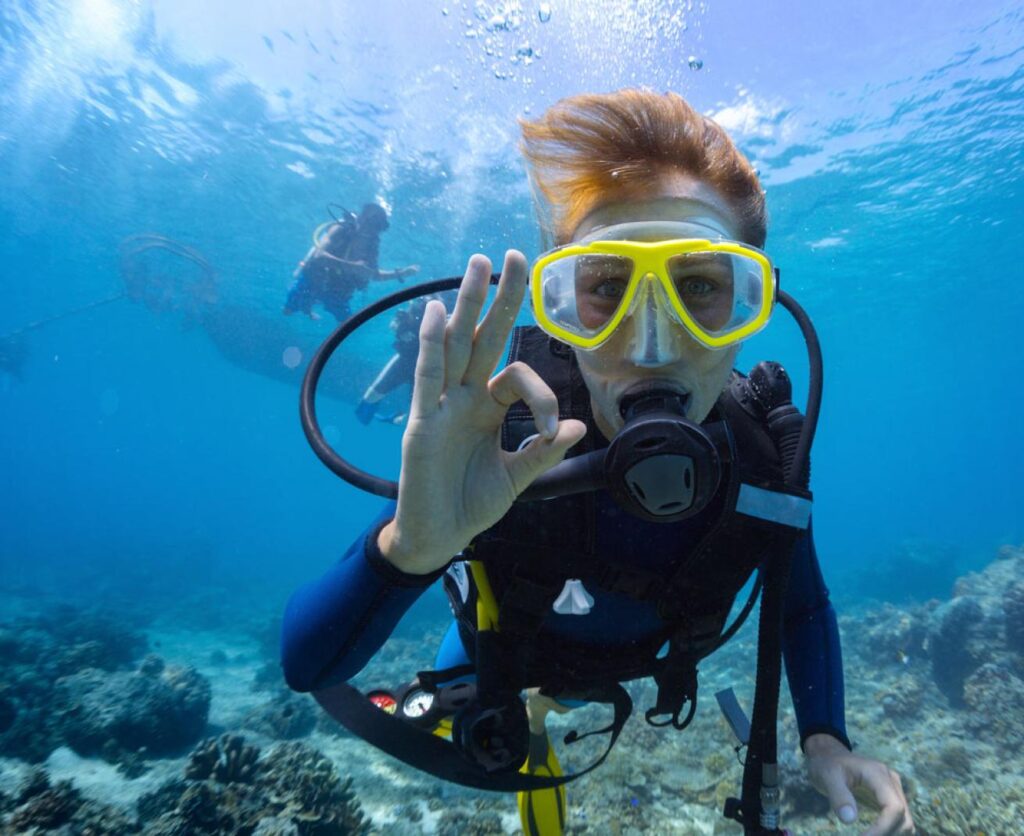
Egypt’s Red Sea is not just a diving destination — it’s a wonder of the natural world. Beneath its waves lies a universe of color, motion, and life that continues to surprise even the most experienced divers.
From shallow coral gardens for beginners to deep wrecks and shark encounters for thrill-seekers, the Red Sea offers something for everyone. And as Egypt continues to protect and celebrate its marine heritage, there’s never been a better time to dive into its hidden underwater world.
Pack your fins, grab your mask, and get ready — the secrets of the Red Sea are waiting for you to discover them.

